Dressing your bed is an art that goes beyond simply throwing on a fitted sheet and a comforter. We will explore the best ways to make your bed, uncovering techniques and styling tips to help you create a beautifully curated and inviting sleeping space that showcases your personal style and elevates your bedroom decor.
Table of contents
A well-made bed is more than just a functional space for rest and relaxation; it serves as the centerpiece of your bedroom and sets the tone for the entire space.
Growing up, my mom always stressed the importance of a made-up bed. As I got older, I came to realize that a nicely made-up bed could make the difference between a room looking a mess or needing a quick tidy-up.
With a little creativity and attention to detail, you can transform your bed into a stylish focal point that reflects your personal taste and elevates the overall ambiance of your bedroom.
In this blog post, we will talk about the different ways to make your bed and explore ten creative ways to dress your bed, showcasing various techniques and design ideas that go beyond standard arrangements.
Whether you prefer a cozy and layered look or a sleek and minimalistic aesthetic, there’s something for everyone to experiment with and discover their own unique style.
By exploring these different approaches, you’ll learn how to mix and match patterns, incorporate various textures, play with color palettes, and utilize different elements to create a bed that is visually appealing, inviting, and comfortable.
The way you make your bed is a reflection of your personal style and can significantly impact the overall ambiance of your space. So, let’s dive in and discover ten innovative ways to make your bed, turning it into a haven of comfort and style that you’ll look forward to sinking into at the end of each day.
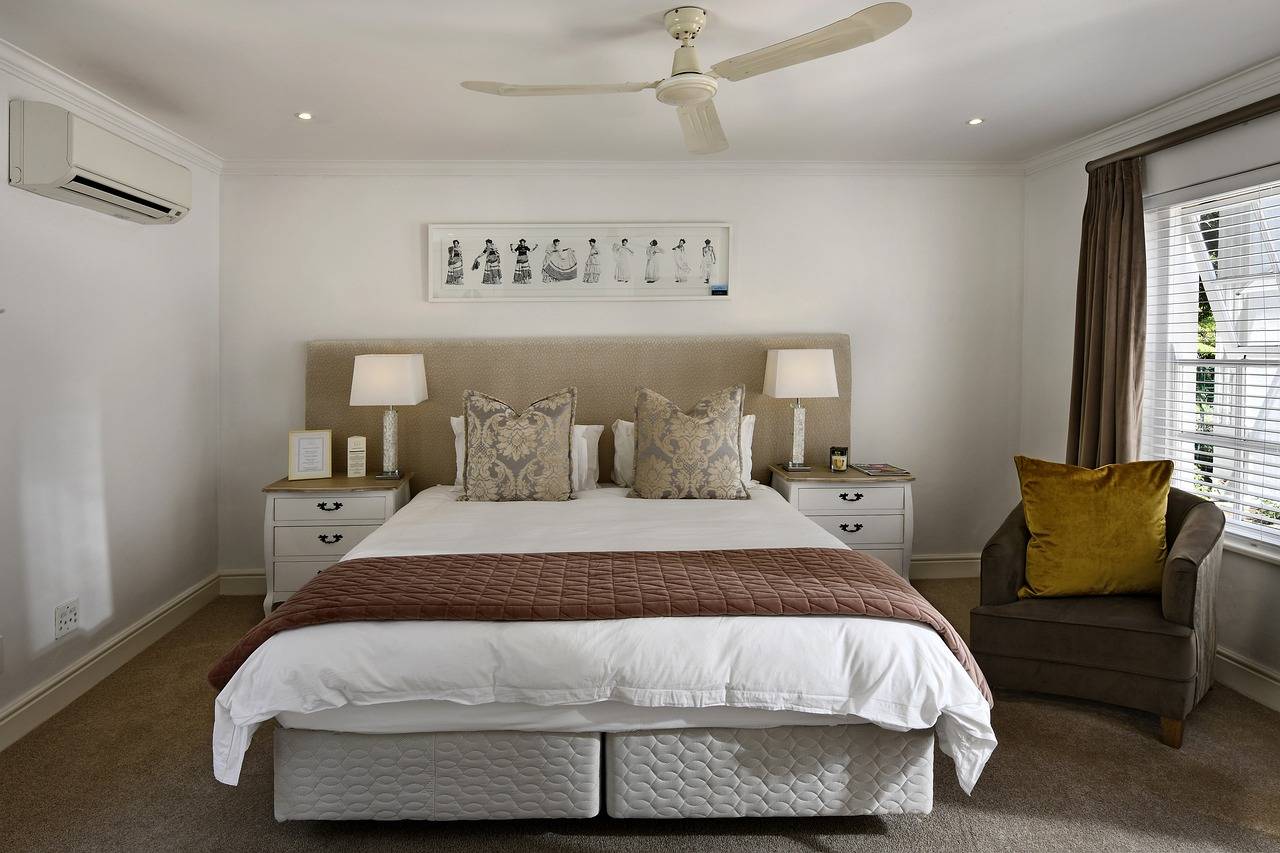
Best Ways To Make a Bed: Inspirational Practices
The best way to make a bed is simple and can be done in 4 easy steps:
- Place a fitted sheet tightly over the mattress, ensuring it covers all corners and edges.
- Lay a flat sheet (also sometimes called a top sheet) or blanket evenly over the fitted sheet, making sure to align the top edge with the head of the mattress. Tuck the sheet or blanket under the foot of the mattress to create a smooth foundation.
- Place your pillows covered with a pillowcase vertically against the headboard or the back of the bed, arranging them neatly side by side.
- Lay a duvet or comforter over the bed, covering the entire surface.
Now that we have covered the basics of making up a bed let’s talk about special techniques and details to make your bed stand out in the room.
Protect your mattress with a mattress protector
Place a mattress protector or pad to safeguard your mattress from stains and spills. While this is not going to set off the design, this one is great for the preservation of your mattress. Giving it extra years of life.
Use a bed skirt
Attaching a bed skirt around the sides of the bed to conceal the space between the mattress and the floor is a way to add extra decor elements and allow you to use your under bed area for storage and hide the contents beneath the bed.
Add a blanket or coverlet
Layer a blanket or coverlet over the flat sheet, pulling it up to create a smooth and even surface.
Arrange pillows
Adding extra pillows and arranging your pillows based on personal preference is a great addition to your bed setup. Common options include placing two standard pillows vertically against the headboard, two European shams, and decorative pillows (also called accent pillows).
Top it off with a duvet, bedspread or comforter
Placing a duvet or comforter over the blanket or coverlet, ensuring it is evenly spread and reaching the desired length on all sides.
Fold or roll a throw blanket
Optional, but you can fold or roll a decorative throw blanket at the foot of the bed to add texture and style.
Fluff and arrange pillows
Fluff your pillows and arrange them neatly on top of the bed, adding the finishing touch to your well-made bed.
Remember to smooth out any wrinkles or lumps along the way, ensuring a clean and crisp appearance. The key is to achieve a balanced and visually appealing arrangement that reflects your personal style and adds a touch of comfort to your bedroom.
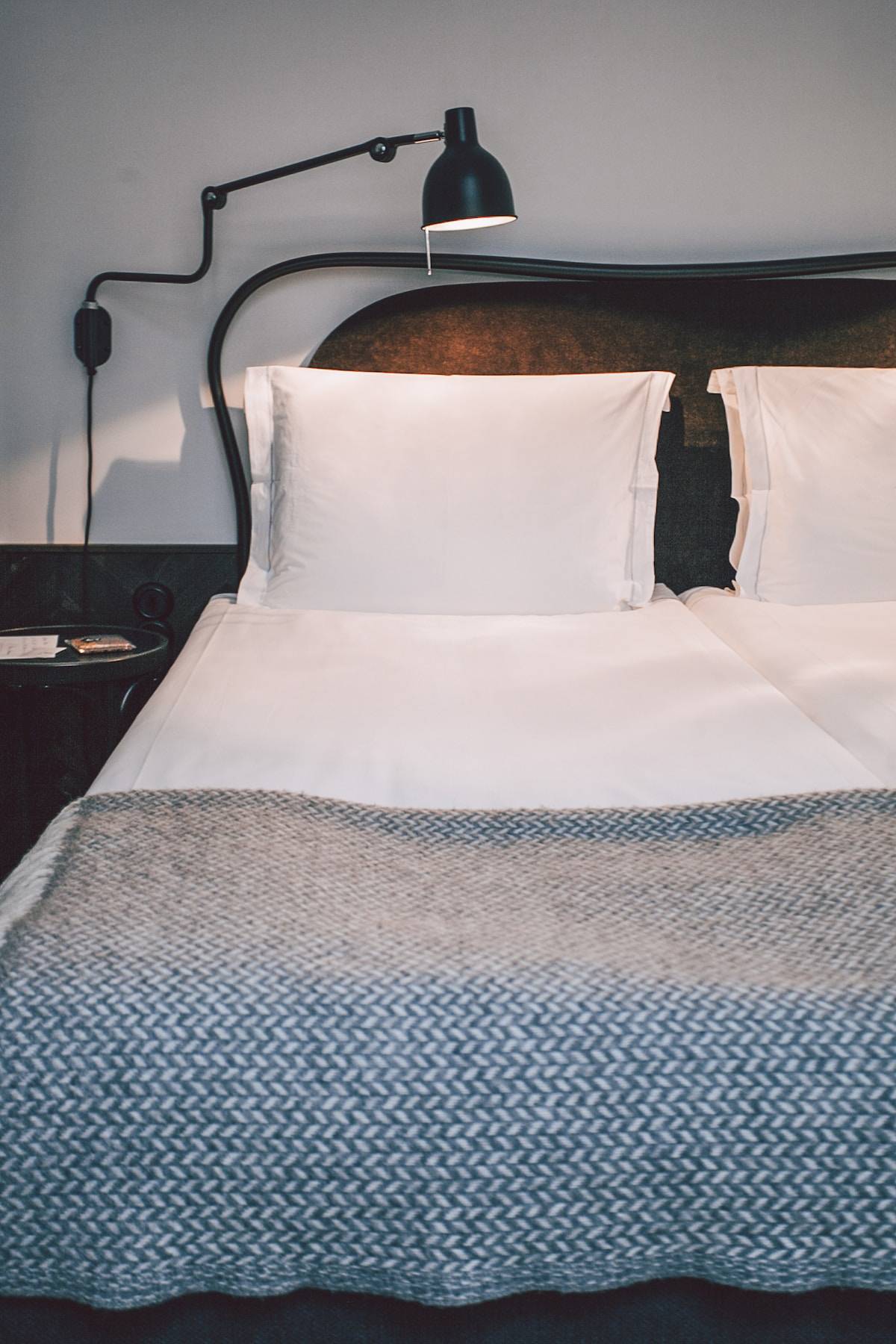
Bedding Materials: They Are Not Created Equal
Bedding comes in various materials, each with unique characteristics, benefits, and considerations. Here are a few commonly used materials, along with their pros and cons:
Cotton
Cotton is one of the most popular and widely used materials due to its softness, breathability, and durability.
It allows for good airflow, keeping you cool in warm weather and providing insulation in colder temperatures.
Cotton is also easy to care for and can withstand regular washing. However, it may wrinkle easily and can be prone to shrinkage if not cared for properly.
Linen
Linen has gained popularity for its natural, textured look and feel. It is highly breathable and moisture-wicking, making it ideal for hot and humid climates.
Linen bedding is known for its durability and can last for years when properly maintained. However, it tends to be more expensive compared to other materials, and its characteristic wrinkles may require ironing or embracing a more relaxed, lived-in aesthetic.
Silk
Silk bedding offers a luxurious and smooth feel, creating a lavish sleeping experience. It is hypoallergenic and gentle on the skin and hair, making it a great choice for those with allergies or sensitive skin.
Silk also has excellent temperature-regulating properties, helping to keep you cool in the summer and warm in the winter. However, silk can be quite expensive and delicate, requiring special care during washing and handling.
Polyester
Polyester is a synthetic material commonly used in bedding due to its affordability, durability, and wrinkle-resistant properties. It is easy to care for and dries quickly, making it a practical option for busy households.
However, polyester bedding may not offer the same breathability and moisture-wicking abilities as natural fibers, and it may trap heat, leading to discomfort during warmer months.
Microfiber
Microfiber bedding is made from tightly woven synthetic fibers, offering a soft and lightweight feel. It is often praised for its stain resistance and ease of care. Microfiber is typically more affordable than natural fiber options and is available in various colors and patterns.
However, it may not have the same breathability as natural fibers and can sometimes retain heat.
When choosing bedding materials, you must consider your preferences, budget, and climate. Ultimately, finding the right balance between comfort, durability, and maintenance requirements will help you select the material that suits your needs and provides a cozy and inviting sleep environment.
Now that we have discussed the basics and specifics of making a bed and the bedding materials let’s look at some examples of styling or dressing your bed.
How To Dress Your Bed: Style Inspiration
Double Quilt
Forgo the duvet cover and make your bed with two quilts. This is perfect for the full wooden or iron bed frame.
Matching Bedskirt and Matching Bed linens
The way to make a metal framed bed look expensive is to add a non-pleated bedskirt. Doing this will make your bed look like it’s upholstered. Throw a blanket over the bed’s end and add color with tons of pillows. The pillows used for sleeping are stacked and provide a great backdrop for the throw pillows.
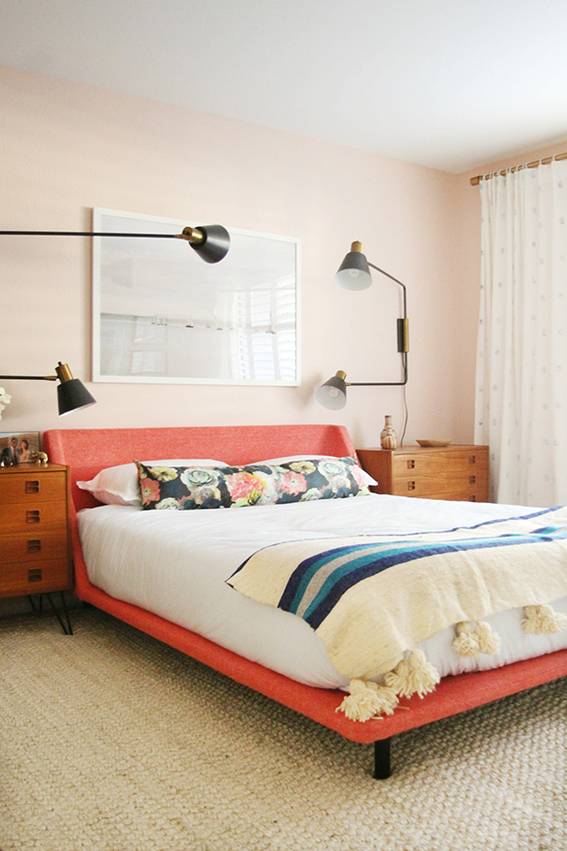
Unique Bed + Neutral Linens
You don’t buy a unique bed to hide behind the linens and pillows. If you have a really unique and fun bed, make it stand out. Jenny from Little Green Notebook uses white bedding and very few pillows to allow the bed to be center stage. Adding one long lumbar pillow ties it all together.
Tucked in Quilt + Folded Duvet
Most people cover their bed with a duvet cover and fold a quilt at the bottom. If you mostly are a hot sleeper why not switch it?
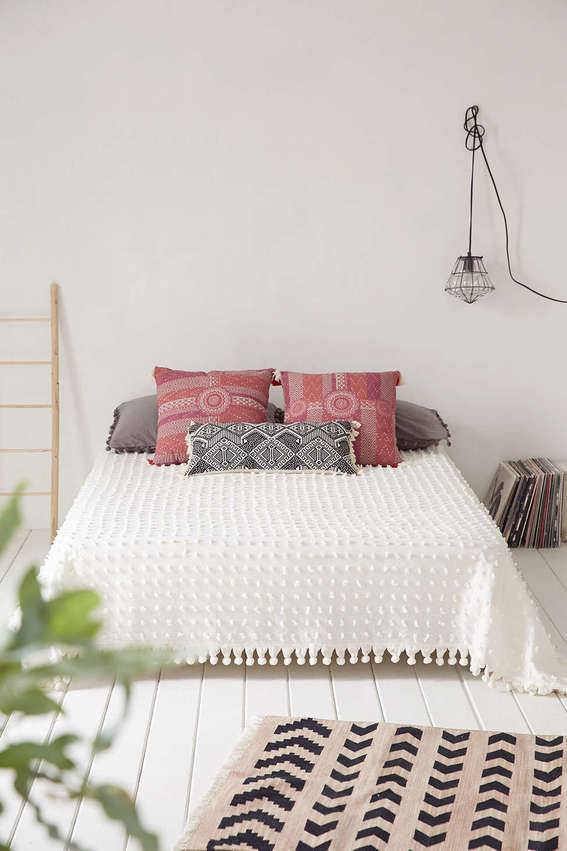
Neutral Coverlet Only + Large Throw Pillows
If you hate taking the time to fold and tuck to make your bed, then use coverlet. If you need more warmth a coverlet can even go on top of a blanket or comforter. A simple coverlet looks good on platform beds and metal beds with or without a headboard.
Mix Match Patterns and Pillows
If you are more eclectic, like me, you might want to mix it up and let nothing match. Just remember the simple rule of every color or style of pattern needs a partner. This works well when you have a neutral bed.
Match All Pillows
Instead of mixing patterns, match them. Using rectangular pillows and shams allows a curved headboard to stand out in the back.
Duvet Cover + Throw Pillows
If you are a minimalist when it comes to bedding what about a simple duvet cover not turned down? This is also a very easy way to make a bed. Duvet covers are easy ways to add some fun pattern into your bedroom like this bedroom makeover from Curbly.
Brightly Patterned Duvet Cover, Lightly Patterned Sheet, and Neutral Throw
If you love bright patterns but not too much of them, then tone it down with a neutral throw folded once over the bed. Use the matching duvet pillows to continue the pattern but break it up by turning down a lightly patterned sheet in coordinating color.
Double Folded Duvet
If you need two duvets and love the ultra modern European look, try folding each duvet where each person sleeps. I like how the blanket at the end ties it all together.
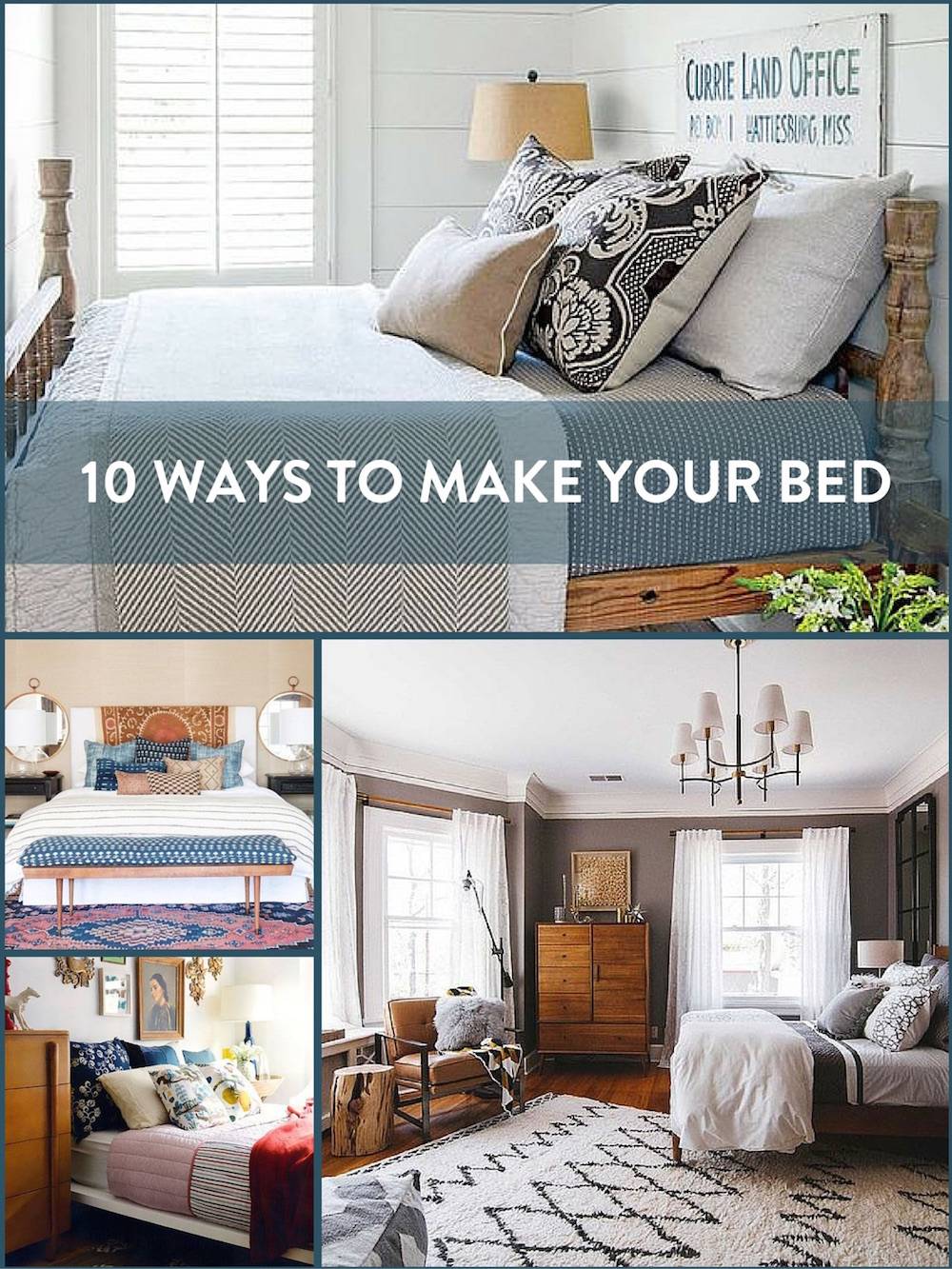
Making your bed is not just a mundane task; it’s an opportunity to create a beautiful and inviting space that reflects your personal style and enhances the overall ambiance of your bedroom. By incorporating the techniques and ideas explored in this blog post, you can transform your bedroom into a haven of comfort and style.
From double quilts to mix-matched patterns, there are endless possibilities to experiment with when it comes to making your bed. Remember to consider your preferences, the overall aesthetic of your bedroom, and the level of comfort you desire.
Whether you prefer a minimalist and sleek look or a more eclectic and vibrant style, the key is to find the combination of elements that resonates with you. Don’t be afraid to play with textures, colors, and patterns to create a space that feels uniquely yours.
So, go ahead and explore the different techniques discussed here. Let your creativity soar as you experiment with various options. By mastering the art of bed-making, you can transform your bedroom into a sanctuary of relaxation and beauty.
Remember, making your bed is not just about aesthetics; it’s about creating a space that promotes restful sleep and a sense of tranquility.
Embrace the power of a well-made bed and elevate your bedroom decor to new heights. Sweet dreams await!
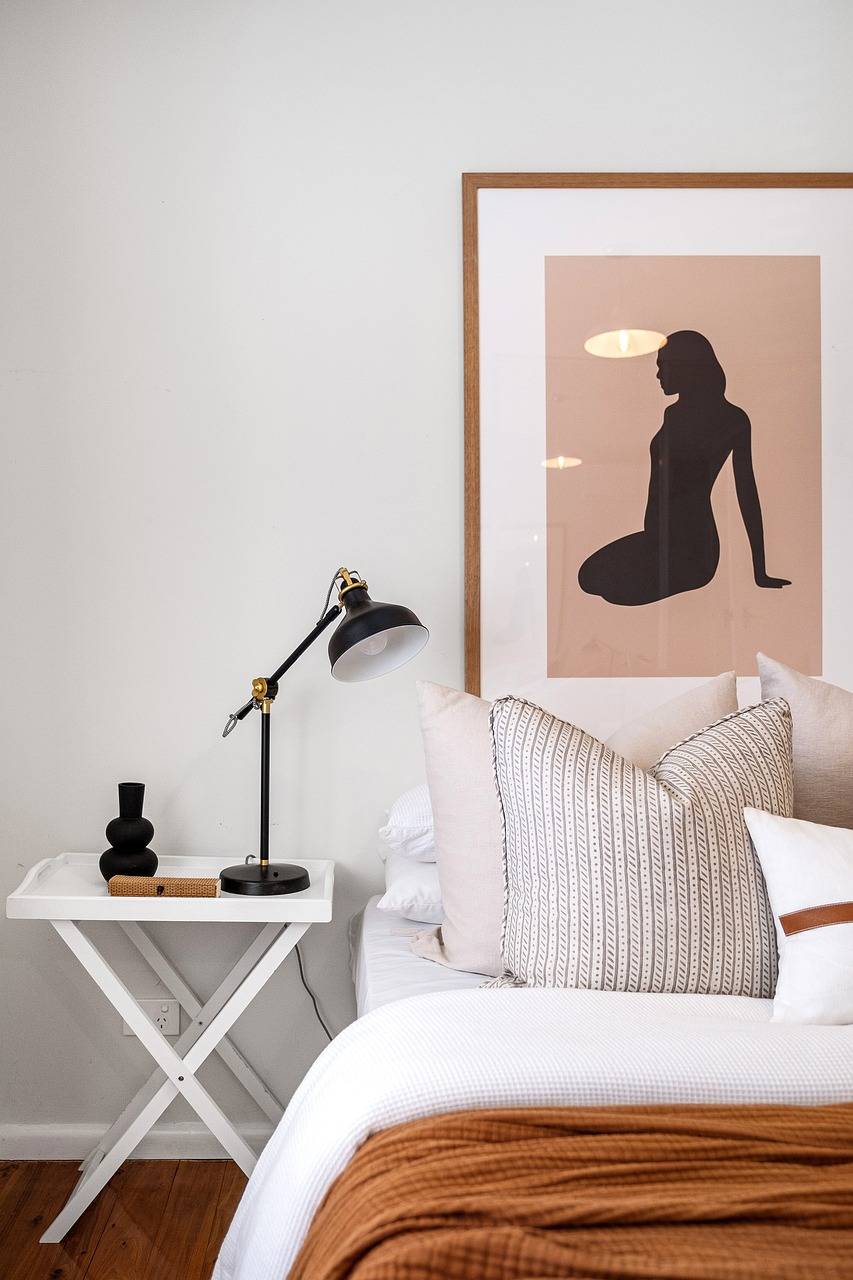
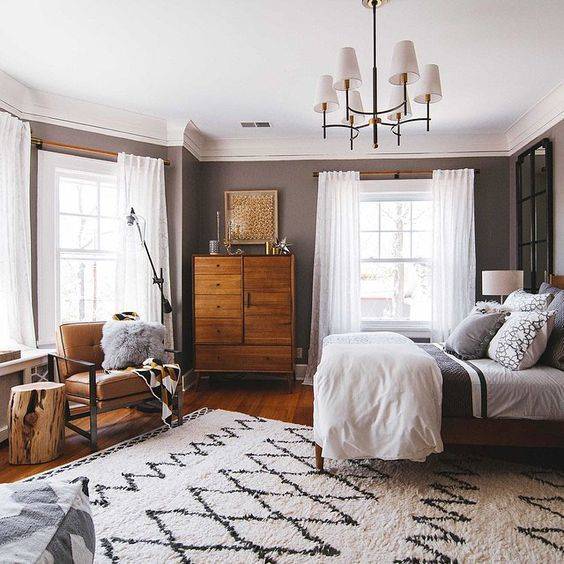
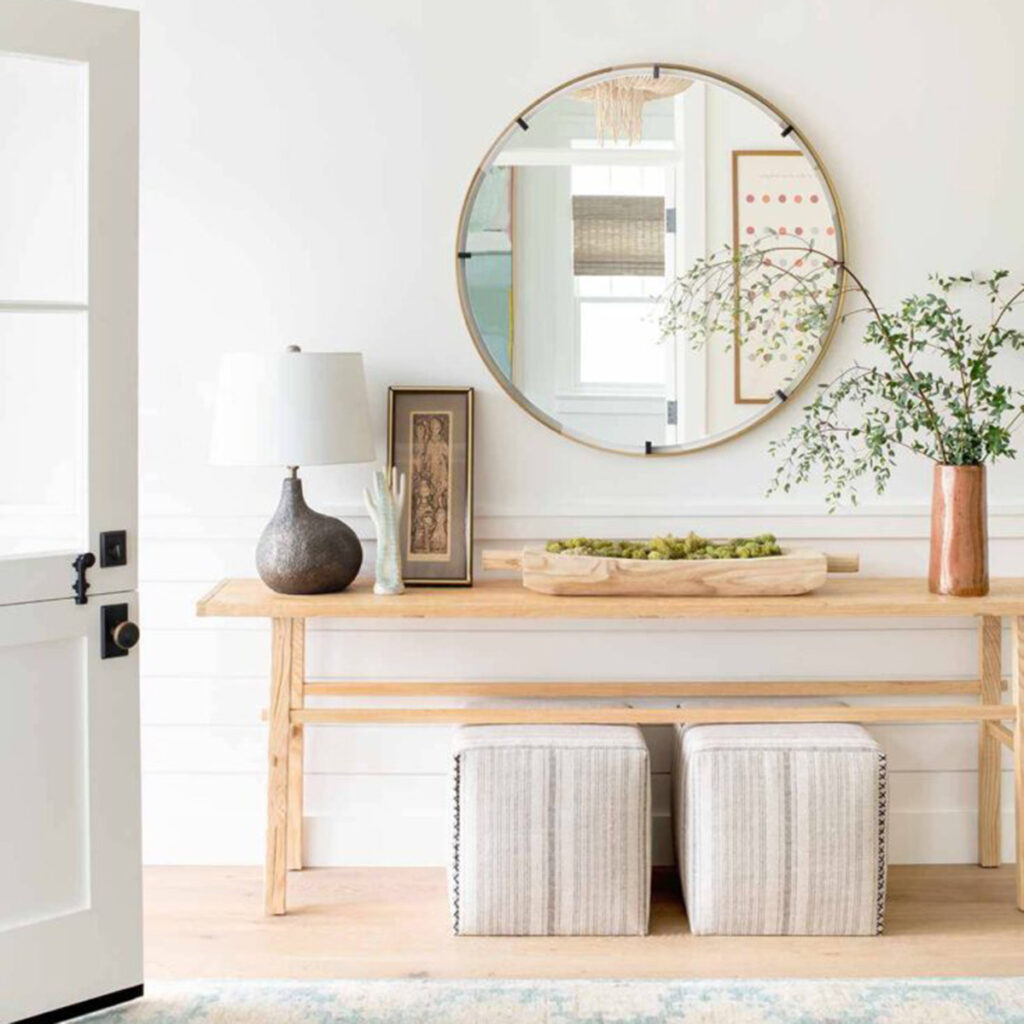
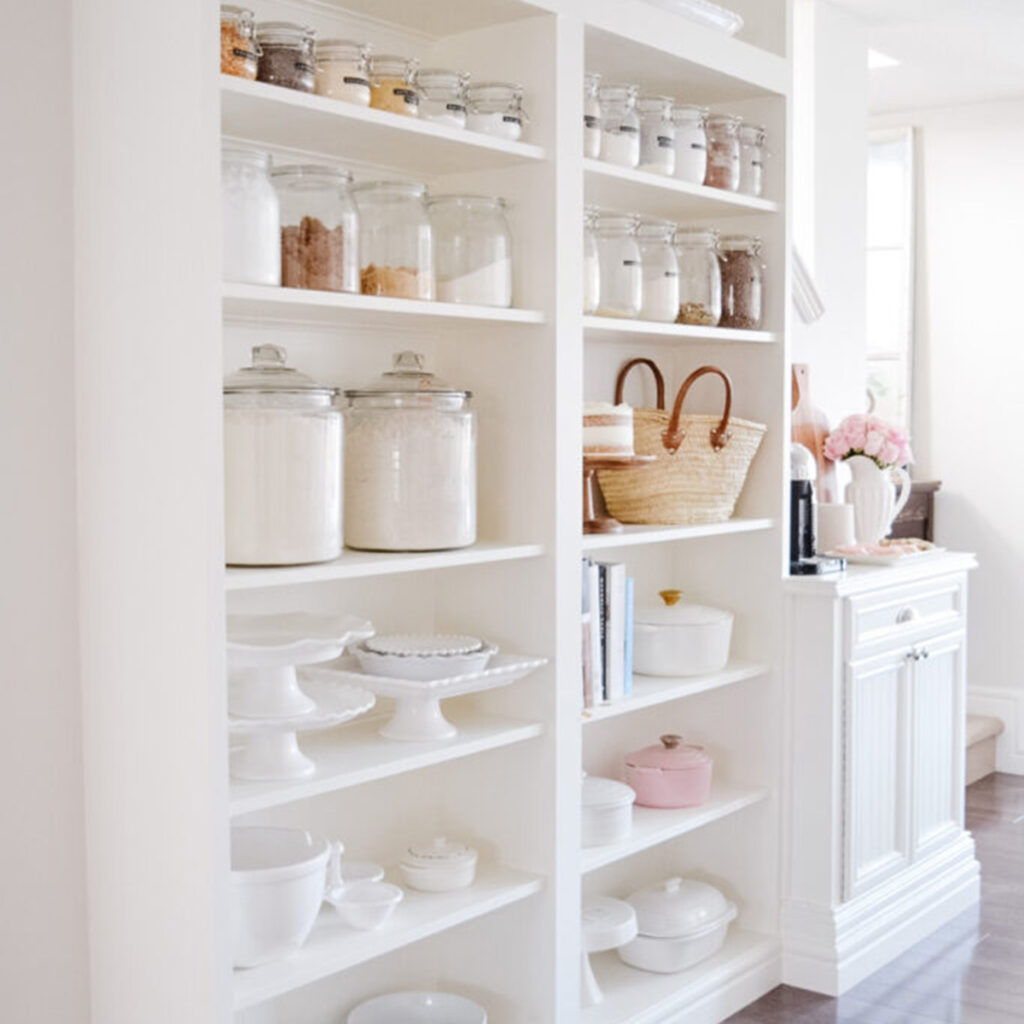
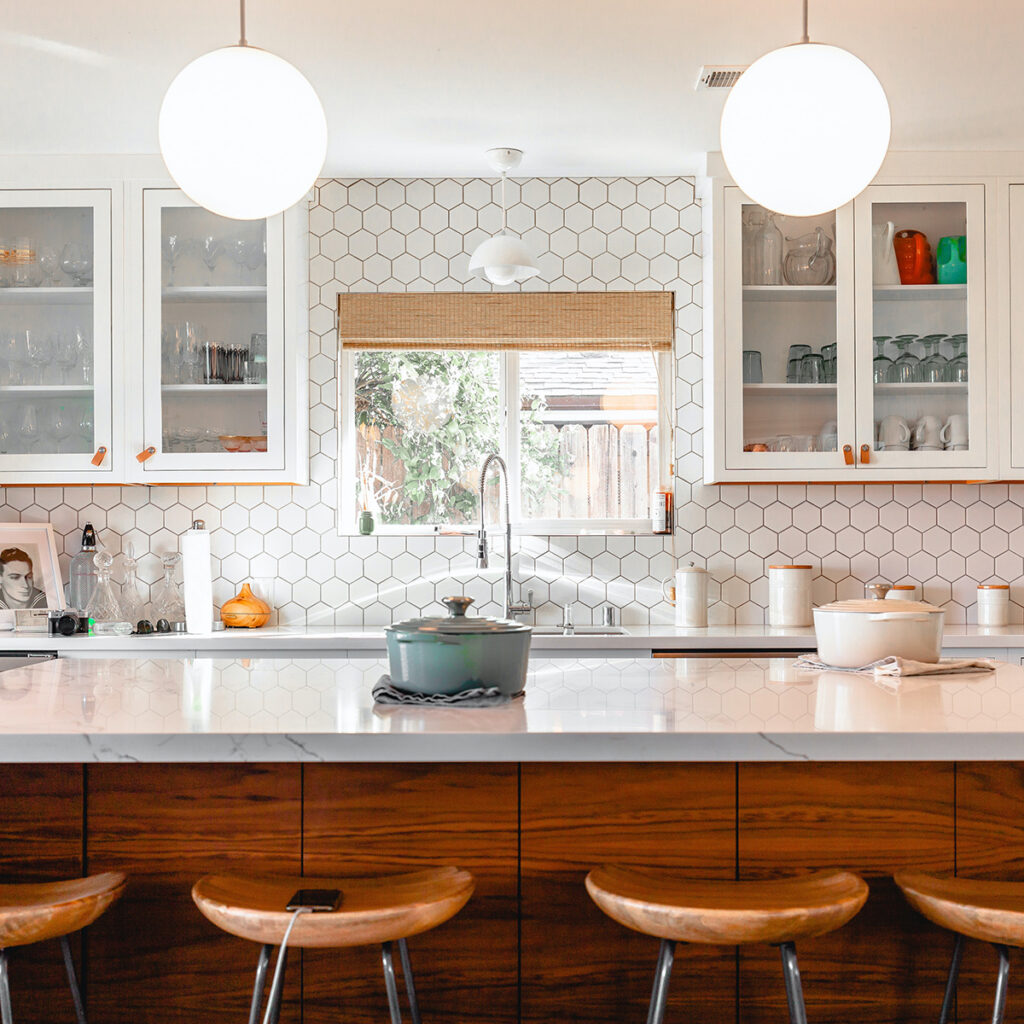
Love all these! Love the youtube clip too. I am a quilt/coverlet with a duvet folded at the end kind of gal…ready for all seasons.